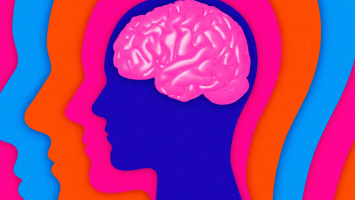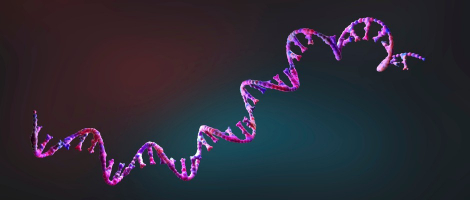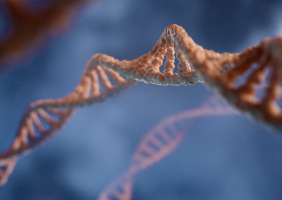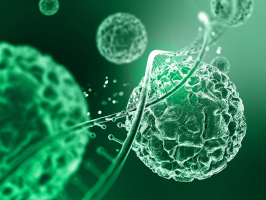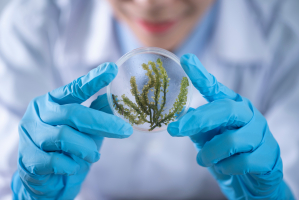Top 10 Mysteries of Biology
The living world is a strange place. Just observe the platypuses and goblin sharks. Many reasons for why things are the way they are can be explained by ... read more...biology, yet occasionally something happens that makes biologists roll their shoulders. Here are some Mysteries of Biology.
-
The technology of fingerprinting was first used to assist in a criminal conviction in 1910. The first fingerprint database was reportedly started in 1891 by an Argentine police officer. Hence, we have known for years that fingerprints are unique. But, we don't have them specifically to avoid being discovered when committing crimes. Nobody actually knows why we have them, in fact.
It's challenging to think of a quirk that is more odd. Everyone in the world has a distinctive fingerprint pattern, and none of us can adequately describe what it is that they do. The conventional notion for many years was that they helped us grasp things. Yet, when put to the test, this idea falls short. In reality, a fingerprint's texture is not conducive to causing friction between our fingertips and the things we're gripping. If anything, because the troughs between the ridges don't make contact, limiting the surface area, fingerprints reduce friction and make it tougher to grab objects than smooth skin would.
Another explanation for fingerprints is that they improve perception. Your fingers are extremely perceptive to different textures and sensations. Sometimes, a simple touch is all it takes to tell if something is rotten or stale. You've probably observed that simply touching something can reveal a lot of tactile information.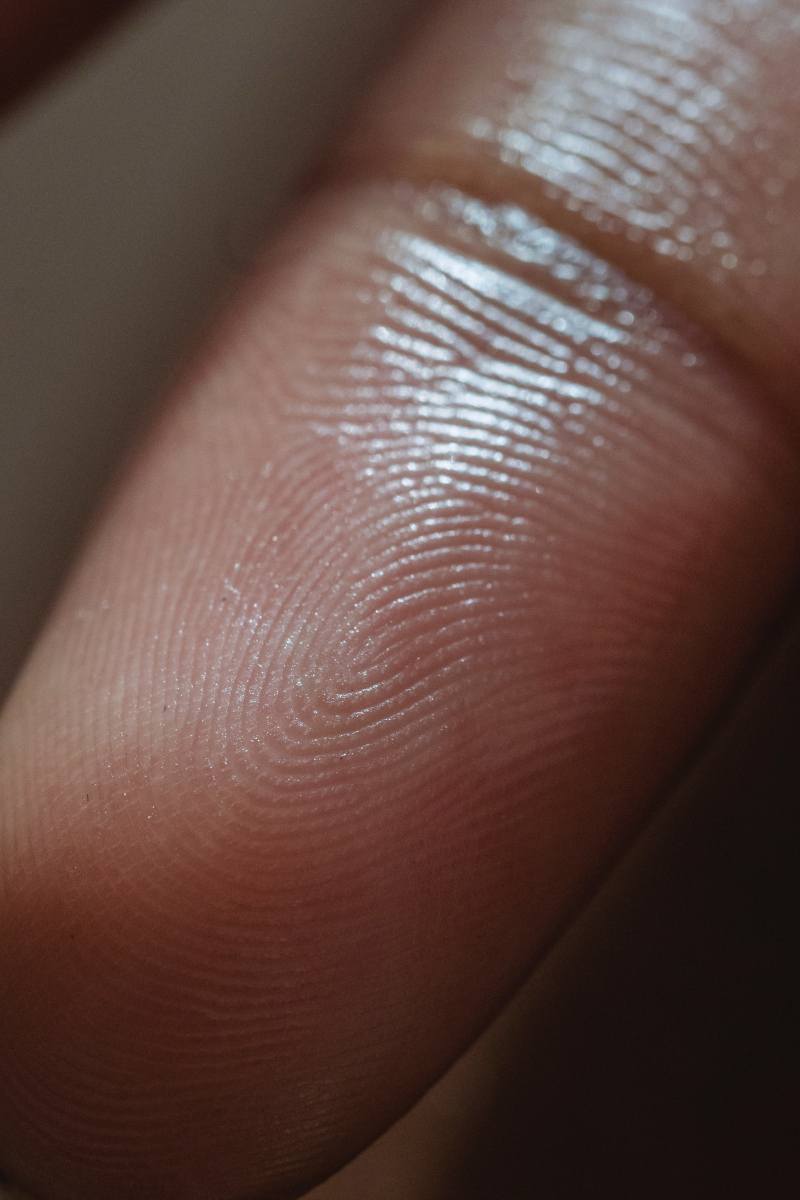
Image by Angela Roma via pexels..com 
Image by cottonbro studio via pexels.com -
Some of the most common trees in the world are pine trees. Most likely, if you live in the Northern Hemisphere, one is nearby. They are widespread throughout the North, including in China, Russia, the United States, and Canada. Also, they all generally have the same appearance, as trees tend to do. except for one location.
The Dancing Forest is a location in Russia. There are many pine trees in this area, but unlike anywhere else in the globe, the trunks grow strangely and bizarrely. They twist and curl and spiral upwards like someone was twisting them in knots.
The trees in question were not intended to be extraordinary when they were planted in the 1960s. There are other hypotheses as to why they grew in such an odd way, including the hypothesis that some caterpillars may have damaged their early buds and caused them to grow unevenly, as well as the loose, sandy soil. Other hypotheses have included the influence of the wind and a cunning, shady arborist influencing the trees' growth. Yet nothing definite has been found thus far.
Image by Michael Fenton via unplash.com 
Image by Michele Purin via unplash.com -
When you're a newborn, if your onesie tugs on your elbow oddly, you'll cry. Even the finest of us cry over onions as children, but it is only because of the chemicals released. Children also cry when they receive a skinned knee. Because crying attracts attention, which babies crave, Infants rely on others for care because they are unable to care for themselves. But why do we cry during a depressing movie?
From a biological perspective, emotional tears make no sense. They do nothing to help us. You could counter that sobbing is therapeutic and produces chemicals that, later, give you a sense of security or comfort. Yet, tears by themselves are unable to accomplish this and are not required to.You may sob in anger, fear, or despair. But regardless of the emotion that triggered them, science has little little to say about why it occurs. They only physically lubricate your eye. They keep things clean and remove toxins from the area. Who's to say after that?

Image by Tom Pumford via unplash.com 
Image by shahin khalaji via unplash.com -
The majority of people have occasionally taken acetaminophen to ease discomfort. It has been one of the most dependable and well-known drugs in the world for the treatment of minor pain and headaches since the 1800s. Due to people consuming too much of it, it is also one of the main causes of liver failure, but that is unimportant.
It obviously falls into the lesser category as a pain reliever. This contributes to the fact that it is an over-the-counter drug that is widely accessible in corner stores. It works primarily for mild aches and pains, albeit it's strangely unclear how it achieves this.
Science ought to be aware of how drugs impact a person's biology, especially if they are widely used. However there is disagreement on how Tylenol reduces pain. The majority of non-opioid analgesics, including Tylenol and other pain relievers like aspirin and ibuprofen, work to reduce pain by preventing the synthesis of an enzyme called cyclooxygenase. But Tylenol doesn't work like that. As a result, it cannot relieve inflammation like those other medications, and what it actually accomplishes is yet unknown. It obviously works and may or may not stop a certain type of cyclooxygenase from developing.

Image by Erik Mclean via unplash.com 
Image by James Yarema via unplash.com -
Three things are sure to make the majority of us yawn. Yawning due to fatigue, boredom, or witnessing another person yawn. The first two seem to be connected in some way, and the third is just that sneaky, contagious yawn that no one likes. But, it's important to note that yawning makes no sense biologically, regardless of what is happening when you begin to yawn.
Yawning is a characteristic that both humans and animals share, and while it does sometimes signify fatigue, the exact reason why is unknown. Why would this wide-mouthed expression be used to express fatigue?A confounding side effect of a gesture that denotes tiredness is that yawning causes hormones to briefly boost heart rate, which provides a tiny pick-me-up when you're tired. The fact you yawn when you wake up as well as when you're ready for sleep makes this all the more puzzling. So far, it has not been possible to determine what a yawn actually does.

Image by Marcin Jozwiak via unplash.com 
Image by Miikka Luotio via unplash.com -
How frequently do you observe cows as they graze? The vast majority of us don't, which is likely why the majority of us have never noticed that most cows orient themselves north to south. In fact, experts have shown that up to 70% of all cows will always be found in the north/south orientation based on satellite imagery from all around the world. Cattle are seen facing the same way in every nation and on every continent, which has prompted some to theorize that cows have a compass.
It's not uncommon to think of animals as having internal compasses; many migratory species are said to possess a similar trait. Yet, it's only an estimate for cows. It may be as straightforward as their preferring to sit such that the sun is shining on the broadest portion of their bodies or avoiding it out of comfort.Since 30% of the cows will be doing something else, they are not required to face this way. The cows often turn their heads toward the direction of the wind on windy days. Yet the researchers were able to prove that, absent anything else influencing them, this is how most cows prefer to hang out by helping to dismiss weather impacts in their data.

Image by Luke Stackpoole via unplash.com 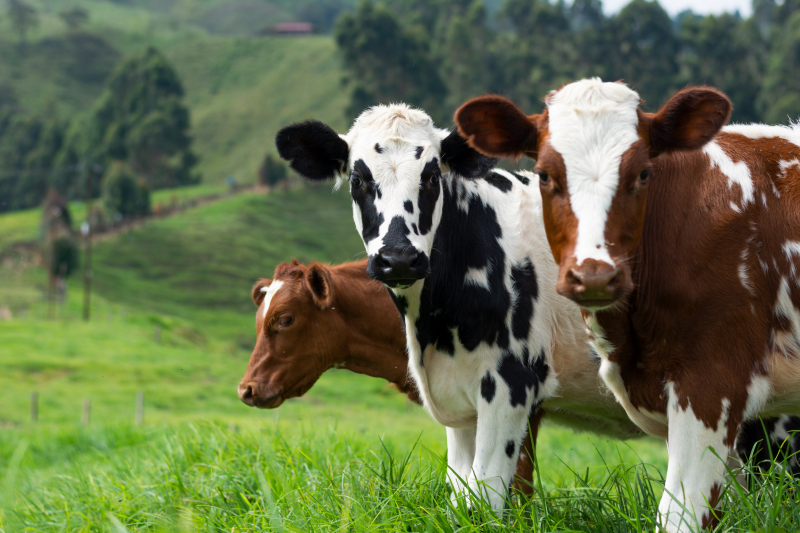
Image by Daniel Quiceno M via unplash.com -
Cats were domesticated around 9,500 years ago, giving us plenty of time to try and figure out why they act the way they do. And you'll know that we haven't advanced that far if you've watched enough cat videos online. The cat's purr is one phenomenon that baffles science. A cat's larynx muscles contract and relax, causing the air inside to vibrate and produce the purring sound that we are all familiar with. That being said, what is the aim of the mechanism?
Although most people would assume that a cat purrs to indicate happiness, that isn't always the case. Cats have been seen purring under extreme stress and even when they are about to pass away. It's highly likely that you would capture a cat purring all by itself, seemingly for no reason, if you left it in a room with a camera and no stimulation at all.
It's probable that purring has a variety of causes. Cats purr louder when they are hungry and trying to convince people to feed them, just like kittens do while they are eating. They purr as they groom one another, and this may also serve a sort of self-soothing purpose. Yet with so many questions and so few definitive answers, we'll have to settle for the notion that it primarily occurs when people are happy, even if that also means a hundred other things.
Image by Duong Thinh via unplash.com 
Image by Nataliya Smirnova via unplash.com -
The human genome has provided us with a wealth of information about why we develop the way we do, as well as information about how and why some diseases emerge and how to treat them. Genetics is a fascinating area of biology. Humans are thought to have between 20,000 and 25,000 genes. On the other hand, a tomato has about 31,760 genes. So why does it appear like a tomato has a more complex genetic makeup than a person?
It turns out that humans have around the same number of genes as nematode worms. The general belief in the past was that an organism should have more genes the more complex it is, however this is plainly not true.
We are now thinking about the possibility that a tomato just has more genes as a result of its evolutionary history. They diverged in various ways from an early progenitor, which resulted in the development of a variety of genes over time that were not necessarily required for anything. Although more effective, a human's genes are nonetheless more complex. They perform better, so we can get by with less. Yet, all of this is still just conjecture, and researchers are still trying to figure out why seemingly basic species have complicated genetic makeups.
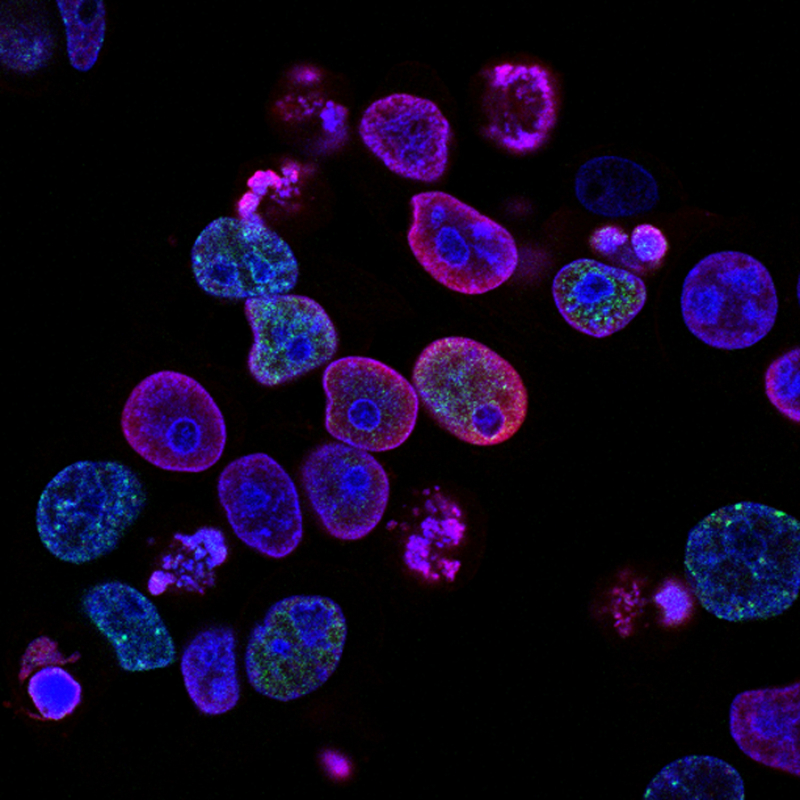
Image by National Cancer Institute via unplash.com 
Image by National Cancer Institute via unplash.com -
The Devil's Cigar mushroom not only has a catchy name, but because of where it grows in the world, it has also presented scientists with a challenge. Japan and Texas both have the mushroom. Moreover, a handful have been discovered in Oklahoma. This is a rather strange anomaly because the Japanese and Texan forms appear to have genetically parted from one another some 19 million years ago.
It is unknown how or why these mushrooms can only grow in those locations. While the Texas type does not, the Japanese version has demonstrated some aptitude for indoor cultivation and growth. As they are not edible, it is unlikely that anyone ever tried to cultivate a crop of them; also, it would have been 19 million years ago, when nobody would have been alive. Although Japan and Texas are separated by an ocean and approximately the same latitude, there are 11,000 miles between them.

Image by Robert Wiedemann via unplash.com 
Image by Geran de Klerk via unplash.com -
Do you lean left or right? 90% of individuals are right-handed, therefore if you're left-handed, you should probably consider yourself a bit of an outlier. Now contemplate why you are either one. Don't worry if you are unable to come up with a response. Science is also at a loss for an answer.
The idea of handedness is a tiny human evolutionary oddity that appears to imply nothing at all. Why should one hand rule over the other when performing daily tasks? By no means is it a conscious decision, and it appears to be both biological and genetic. But that still doesn't get at the core of why it occurs in the first place.
The brain's speech and language centers are the subject of one theory. They are located in the left hemisphere, which is also in charge of the right hand. Because we communicate with our hands—especially when we write—the right hand has increasingly come to predominate in most of us as communication has developed.
In addition, different gene alleles could explain why some people are left-handed despite the first idea and how handedness develops. A person may go left or right if they are born with a particular gene allele. This is only hypothetical at this point and by no means certain.
Image by Jorge Rojas via unplash.com 
Image by Sindy Süßengut via unplash.com












